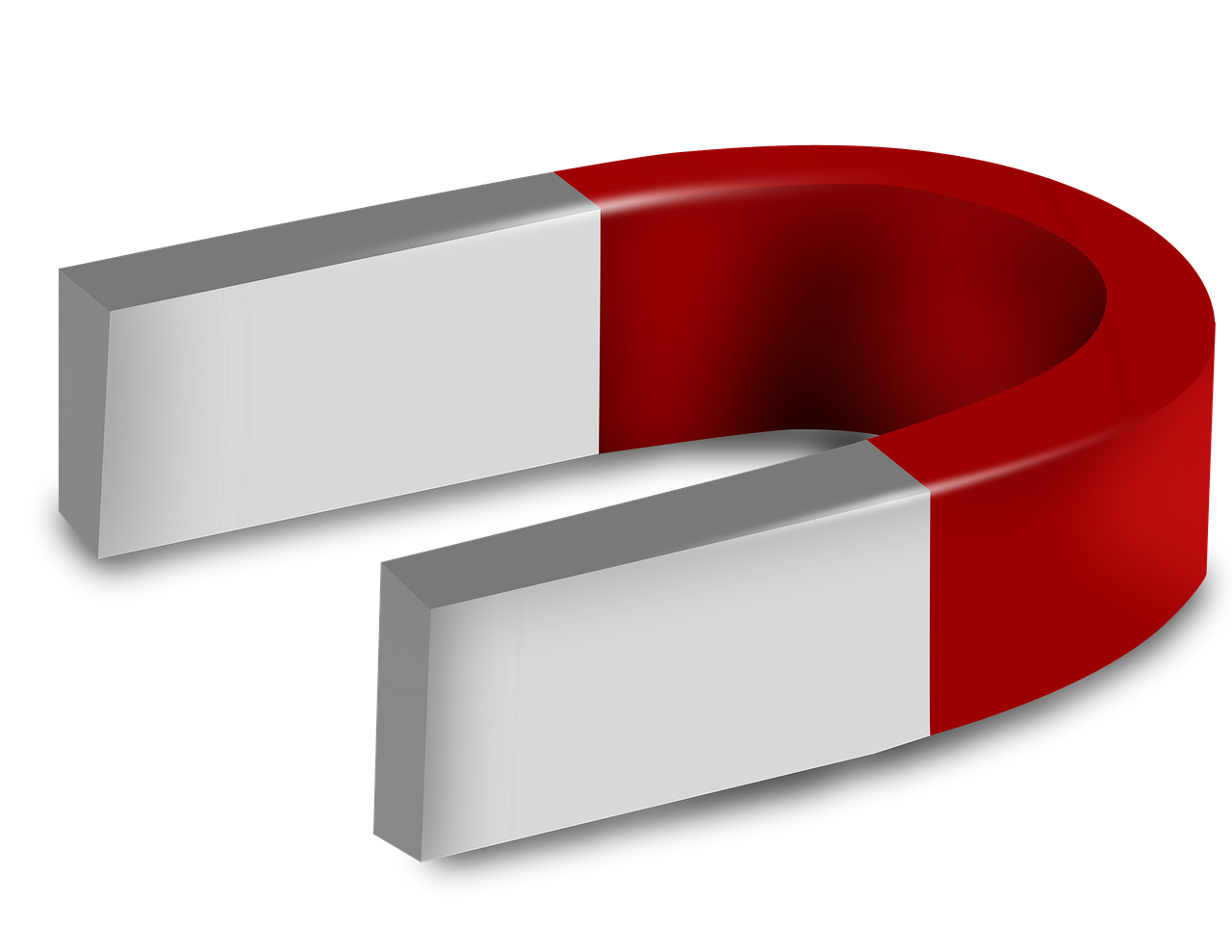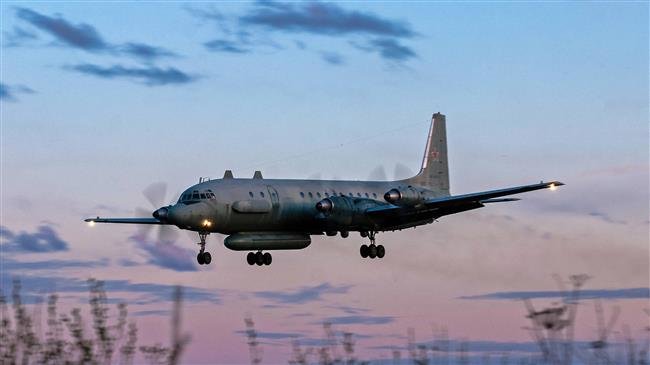Since Kim Jong-un's ascendancy in December 2011, North Korea has accelerated its missile development programme, the tempo of tests increasing considerably from those under his father Kim Jong Il. After failures in 2016, North Korea has this year made genuine advances in its missile programme.
On Tuesday, July 4, Independence Day in the United States, Pyongyang tested what it claimed was the country's first intercontinental ballistic missile (ICBM), which Kim Jong-un called a "gift" to the US.
This test is significant as the projected range of the missile puts North Korea firmly in the select group of countries that have produced an ICBM. With Kim Jong-un threatening to reduce the US "to ashes", North Korea now has expanded the missile's range to potentially hit targets in the US.
Aside from the gradual improvements, here are three of North Korea's recent technical milestones which stand out and why they matter.
There are significant challenges to testing a long-range missile in a country that is too small to run test flights within its own border. Initially, North Korea's only option was to launch these flights over its neighbours. It did that in 1998 by test-firing the Taepodong-1 missile over mainland Japan, to instant international condemnation.
Now, North Korea has started launching longer-range missiles in what is known as a "lofted trajectory", firing the missile almost vertically. This allows the missile to land a short horizontal distance from launch but travel a great distance overall. Higher altitudes are a strong indication of new, more powerful engines and a greater ability to carry a payload that distance.
These launches enable Pyongyang to conduct realistic tests of longer-range missiles. They also allow engineers to gather data sent back from the test missile to better understand the challenges faced when a long-range warhead re-enters the Earth's atmosphere at hypersonic speeds, something that generates vast amounts of frictional heat.
This is exactly what North Korea did when it tested the Hwasong-14 (Mars-14) on July 4.
According to the US military's Pacific Command, or PACOM, which monitors these launches, it flew for 37 minutes, rising to a maximum altitude (known as an apogee) of nearly 2,800km, over seven times higher than the International Space Station which is in orbit only some 400km above the Earth.
A steep, near-vertical launch allowed the missile to travel a distance that roughly simulated long-range flight by travelling higher than most missiles but splashing down only a short distance away into the Sea of Japan, limiting the diplomatic damage that would inevitably be caused by a random projectile flying through a neighbour's airspace.
The ICBM, a clunky Cold War-era name for a long-range missile, is formally defined as one that can fly more than 5,500km.
According to David Wright of the Union of Concerned Scientists, if the Hwasong-14 was fired under proper flight conditions, it could reach a target more than 6,700km away. This puts the missile firmly in the long-range or ICBM bracket, and means it could potentially hit the US base on the island of Guam as well as Alaska, although the naval base on Hawaii and the rest of the continental US are still out of reach.
READ MORE: North Korea threat boosts bomb shelter sales in Japan
First tested by the North just over a decade ago, solid-fuelled missiles are faster to set up and easier to fire.
Unlike liquid fuels, which take time to load and are extremely toxic and corrosive to handle, solid fuels are easier to maintain and are more stable. A crude analogy between the two is to liken solid-fuelled missiles to setting off gunpowder-filled fireworks rather than filling each one with liquid fuel every time you wanted to fire one. Solid fuel reduces launch times from hours to minutes.
Reducing the time from when a missile battery is taken out into the open to be readied for a launch, and therefore is exposed to enemy observation, makes it far less likely to be discovered and destroyed. Using solid fuels also scales back on the additional vehicles needed to transport volatile and dangerous liquid fuels, making a missile battery smaller and harder to spot. As this fuel is more stable, it can also take a few knocks when moved around.
READ MORE: Meet the Kims - Who's who in North Korea's first family
Fortifying a missile battery so it can travel anywhere on land rather than along North Korea's tiny road system - the country has 724km of paved and 24,830km of unpaved roads respectively - gives it more places to hide.
North Korea has done this by ruggedising the missile transporter (formally called a transporter erector launcher or TEL). Tracks are used instead of wheels, allowing the heavy vehicles to cross rough ground off the road system, which would be monitored by an enemy trying to track down missile batteries. The thin-skinned missile is also sheathed in a canister so it survives bumpy off-road travel.
These improvements came together in the successful February launch of the Pukguksong-2 (Polaris-2) medium-range missile. Analysts across the world quickly realised the test's importance as the combination of solid fuel, a ruggedised transporter and a protected weapon, meant a battery could potentially hide in forests, underneath cliff overhangs, under bridges - virtually anywhere - and launch within minutes from a cold start.
Producing next-generation missiles that can reach the US will be key for North Korea.
This will not be an easy feat given the trickier aspects of long-range flight. Designs must be able to withstand the stresses and incredible heat produced in missiles by re-entering the atmosphere.
The challenges will come from improving the warhead and delivery system and coupling the two. North Korean scientists will struggle to extend the missiles' ranges while shrinking their still rudimentary nuclear devices so theý are light enough to be carried by the missile to the target.
Then there is the quest for accuracy, if the missiles are to have any military use.
North Korea has bragged that its latest batch of missile tests were extremely accurate. It is still vague how this accuracy is being assessed given that North Korea does not have a network of satellites able to guide distant warheads to their targets, relying on the projectiles' much less accurate inertial guidance system.
This electronic system is used in older missiles such as the Scud. It works on the principle of the missile using internally measured basic data on its speed, direction, and so on, to try to roughly assess where it ended up rather than being told where it was exactly by, say, the Global Positioning System (GPS).
If the sharp tempo of tests doesn't abate, North Korea is likely to see substantial improvements in its missile programme. Kim Jong-un seems determined to "frequently send big and small 'gift packages' to the Yankees", as he instructed scientists this week, according to the country's state media KCNA.
Source: Al Jazeera

“We express our condolences to those who have lost their loved ones, and wish recovery to those who survived,” said the Russian leader’s press secretary.

Lionel Messi and Cristiano Ronaldo are both incredibly successful soccer players, and they have each won a large number of trophies and awards throughout their careers.

Cristiano Ronaldo and Lionel Messi are both considered to be among the best soccer players in the world. Both players have had highly successful careers.

Al-Nassr FC is a professional football club based in Riyadh, Saudi Arabia. The club was founded in 1955 and has won several domestic and international titles.

Vivo sub-brand iQOO has launched the company’s latest 5G smartphone- iQOO Z1x 5G in China on July 9, 2020.

This episode describes. making of magnets, how to they working on it. Video mad by discovery uk.

Russian President Vladimir Putin says the Israeli military’s aerial operations in the Syrian airspace are in flagrant violation of the incumbent Damascus government’s sovereignty as tensions are simmering between Moscow and Tel Aviv over the downing of the Russian Ilyushin Il-20 reconnaissance aircraft in the western Syrian province of Latakia.

The permanent residency card will grant them the same access to education and healthcare in government institutions as Qatari nationals.

According to the latest leak, Samsung Galaxy A91 may launch in India at the end of this year.

Xiaomi India has just unveiled it's latest flagship killer- Xiaomi Mi 10 5G smartphone in India.
